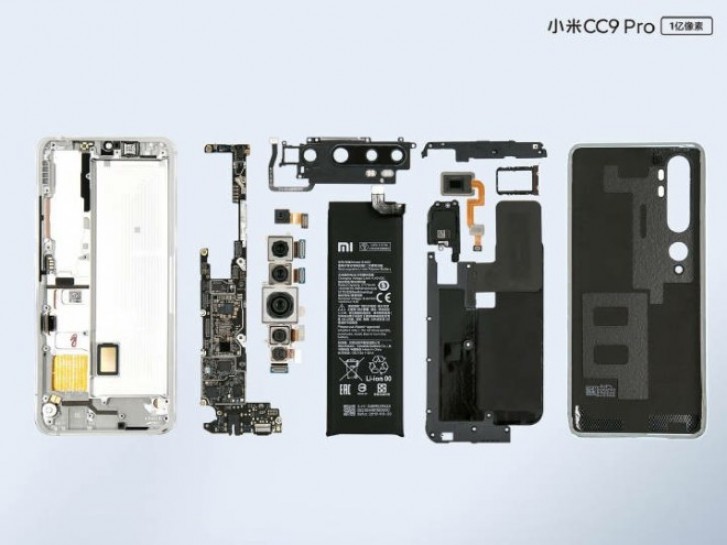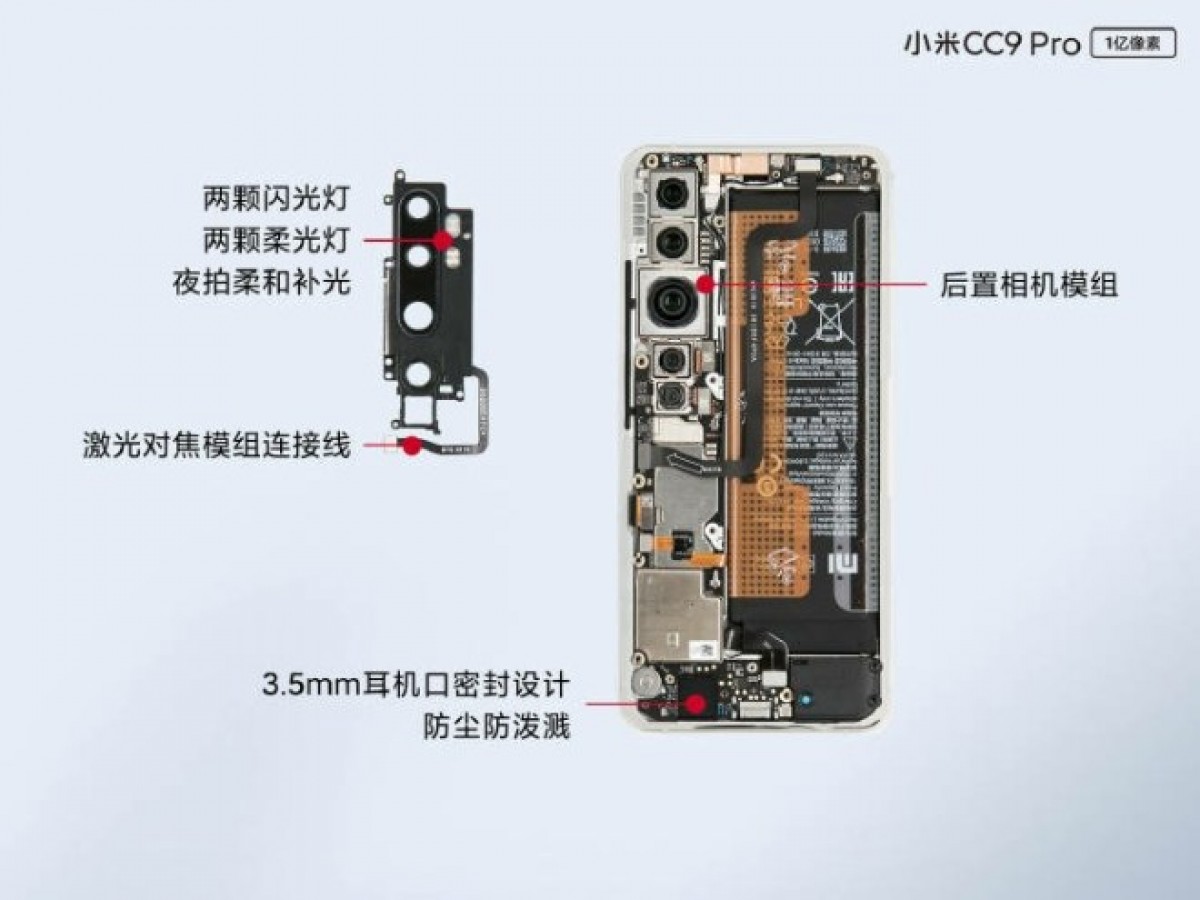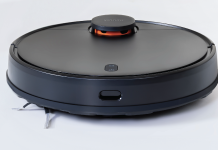Xiaomi recently launched the premium mid-range smartphone under its Mi CC lineup, dubbed as Mi CC9 Pro. The same smartphone has been made available in the global markets as the Mi Note 10.
The highlight of the smartphone is that it comes with five camera sensors, a 5,260mAh battery as well as a 1cc speaker chamber. The teardown video shows how this was made possible by the company to fit together.

Once the back glass panel is peeled off, we can see that there are a few layers of components which include NFC antenna, a graphite sheet to spread the heat from the chipset and an additional cover supporting the cameras.
This houses the quad LED flash as well as the Laser auto focus system along with an ambient light sensor to adjust the camera’s color temperature. Then there’s a penta-camera setup and as we can see, the 108-megapixel sensor is pretty large and this module is a custom version of Samsung’s ISOCELL HMX sensor.

The first lens in the rear-facing camera system of the phone is a 4-axis OIS assisted 5-megapixel super telephoto lens that supports 5x optical zoom, 10x hybrid zoom and 50x hybrid zoom. Next is a 12-megapixel portrait sensor with a pixel size of 1.4micon. The third sensor is the Samsung-made 108-megapixel main sensor with f/1.7 aperture and 4-axis OIS. Next comes a 20-megapixel ultra-wide lens with 117-degree field-of-view. The fifth one is a 2-megapixel macro lens with a focal length of 1.5cm.
EDITOR’S PICK: Realme X2 Pro flagship smartphone goes official in Europe; pricing starts at €399
Finally, coming to the small-sized motherboard, we can see that the Qualcomm Snapdragon 730G processor along with LPDDR4X RAM, UFS 2.1 storage and various other chips, including the 30W fast charging hardware.
Interestingly, Xiaomi managed to fit a 5,260mAh battery in the smartphone that too without resorting to L-shaped batteries like Apple uses. For those who are unaware, Apple has used L-shaped 4,000mAh battery for the iPhone 11 Pro Max.
Below the battery, there’s a 1cc loudspeaker chamber and the 3.5mm headphone jack to its side. With all these components, there’s no room for the traditional in-display fingerprint sensor, thus, the company opted for an ultra-thin reader which is just 0.3mm thick and made possible by a micro-lens with micro-collimation technology.
UP NEXT: Realme 5s is coming soon according to Flipkart; may launch alongside X2 Pro







